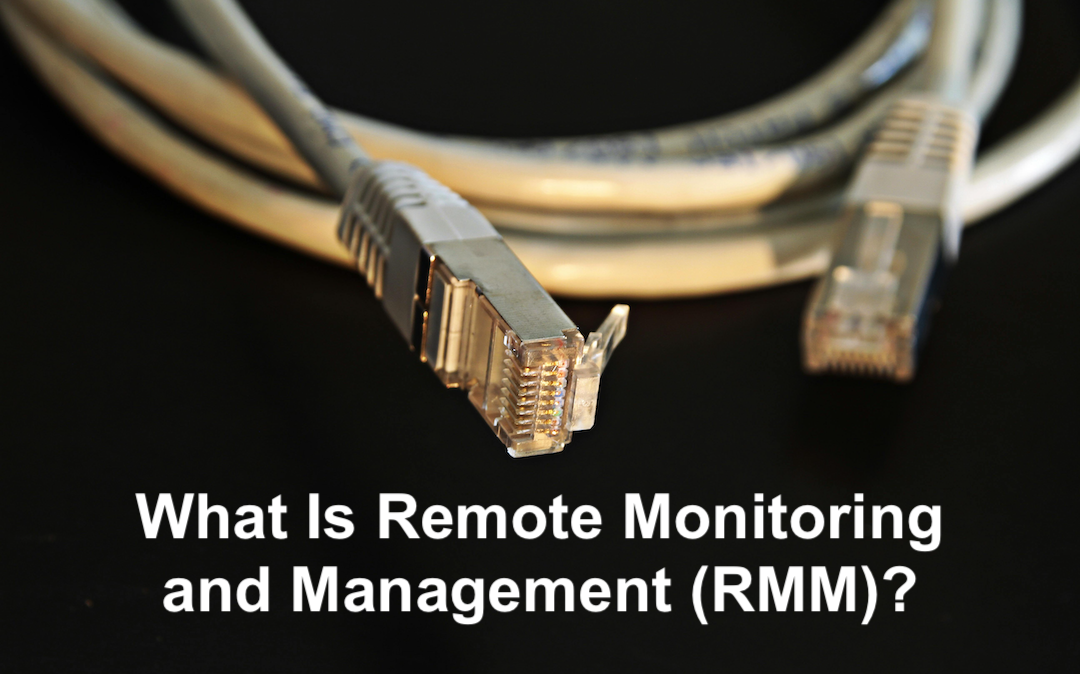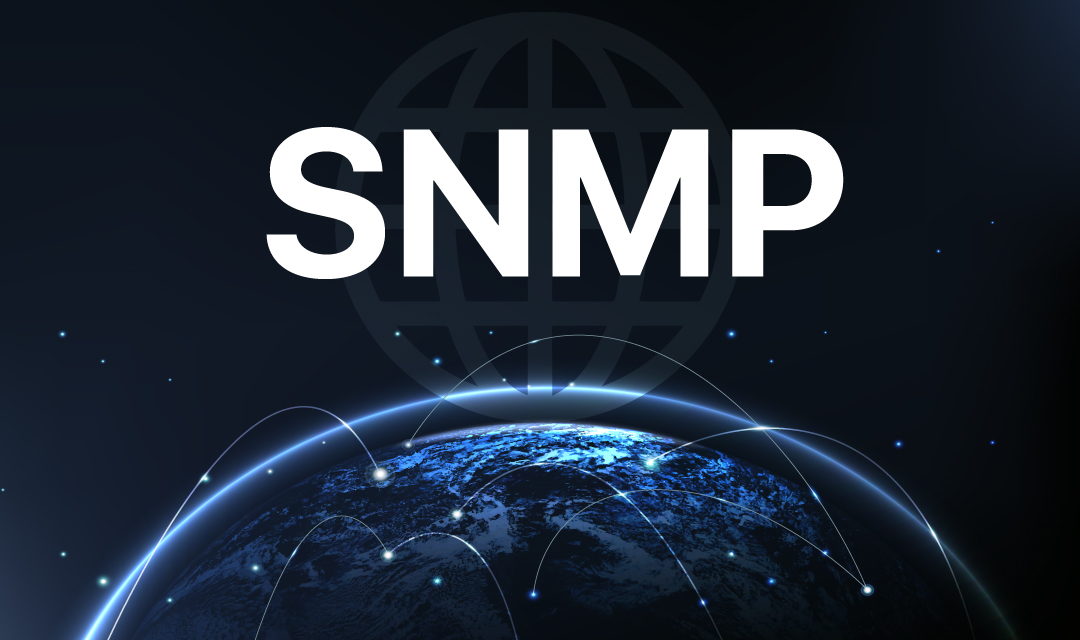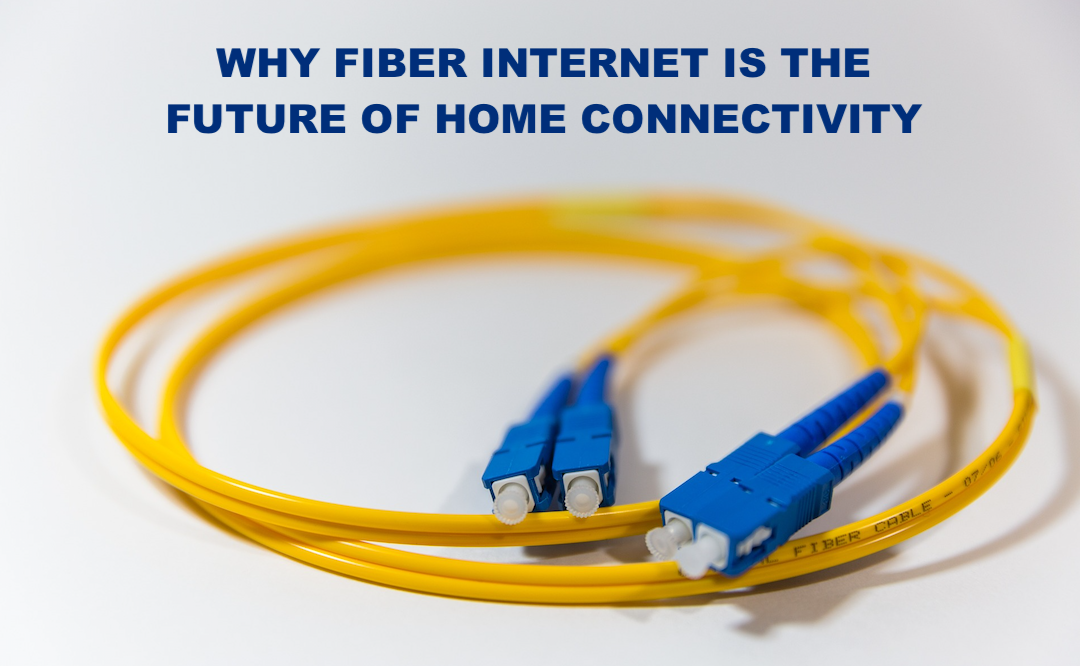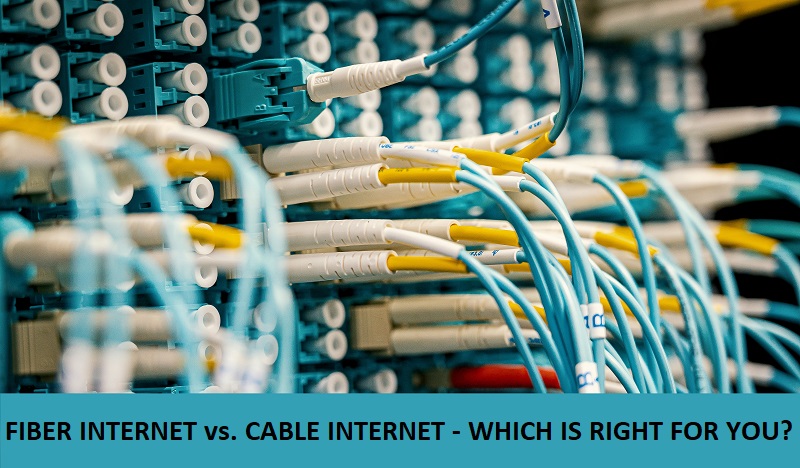
Have you found yourself wishing you could clone onto your biz's network and sort stuff out from miles away? Well, that's where Remote Monitoring and Management (RMM) waltzes in. Think of RMM as your magic bullet for tackling tech hiccups without needing to rock up on-site every time. It’s like having a hawk-eyed guardian keeping tabs on your IT infrastructure 24/7 – nifty, right? Here’s a thorough exploration of the perks this bad boy packs for businesses.









